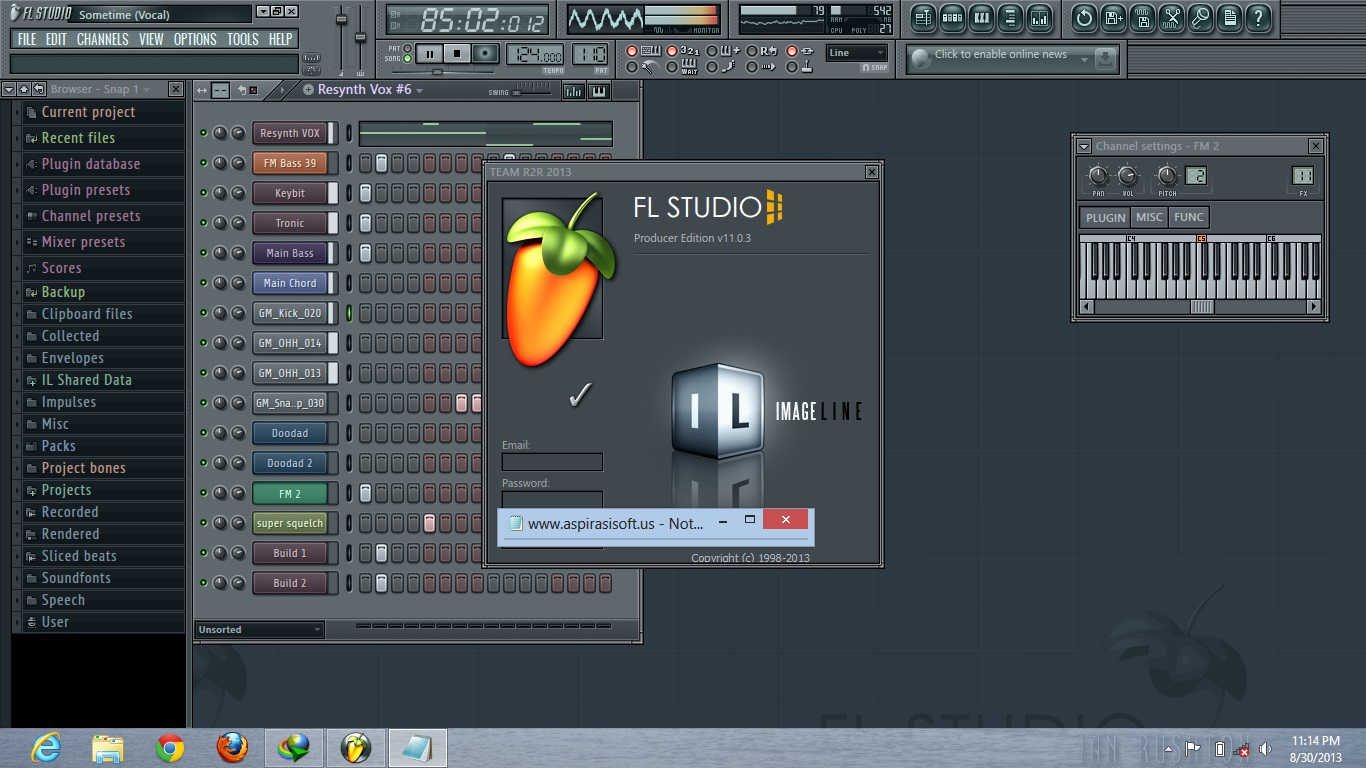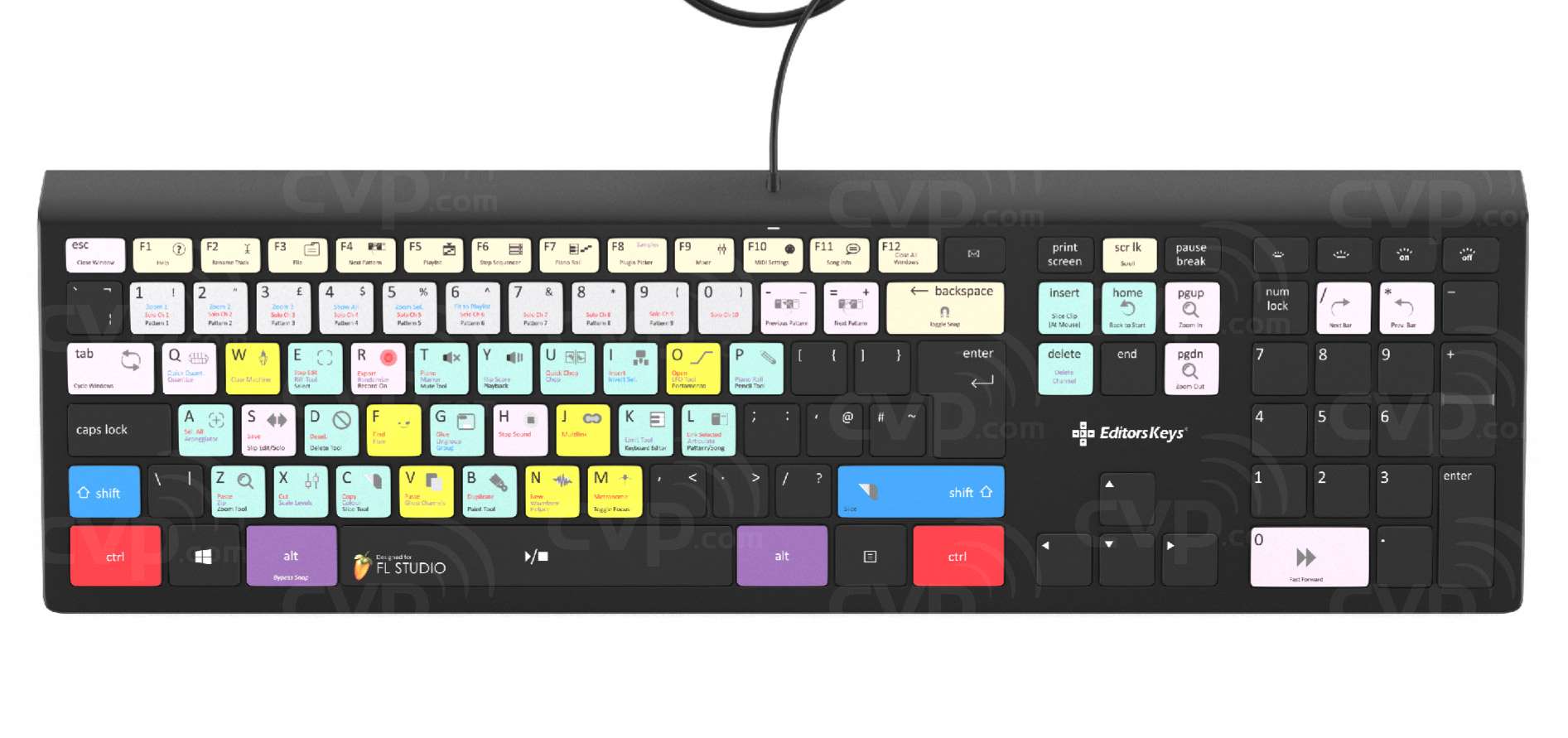

For example, the relative minor of G Major is E minor. The relative minor of any major scale can be found by decreasing the root note of the major scale by three semitones.

Using relative minors, we can transpose a sample in a major key to match a project in a minor key. This minor scale has the same key signature as its relative major scale but starts on a different note. It will also massively help you to understand what a relative minor is. You will need to at least know the possible keys in music for this tutorial, but just the major and minor ones. It is elementary music theory but essential to always pay attention to it. In most popular modern music, we will want our tracks to use the same scale and be in the same key. It determines which scales we can use in a song, but there are always creative ways to break these rules. Double-click on the MIDI clip you want to change, select all the notes in the part, and choose the transposing options under Edit. To change the key of a sample or a track, double-click on the desired audio clip or track in the Playlist, and adjust the Pitch knob under the Time Stretching section in the Sample Settings window.Ĭhanging the key of a MIDI part is done through the Piano Roll. If using third-party plug-ins, you may need to adjust these tracks manually. You can increase or decrease the project’s pitch by an octave. Each has different procedures.Ĭhanging the key of a whole project in FL Studio can be done using the Master Pitch knob, found in the top-left corner of the main window. Understanding it is essential to manipulate music digitally.Ĭhanging the key in FL Studio can be done in different scenarios: changing the key of a whole project, a sample or track, and a MIDI part. The key of a song refers to the set of notes and chords that make up the music’s foundation.


 0 kommentar(er)
0 kommentar(er)
